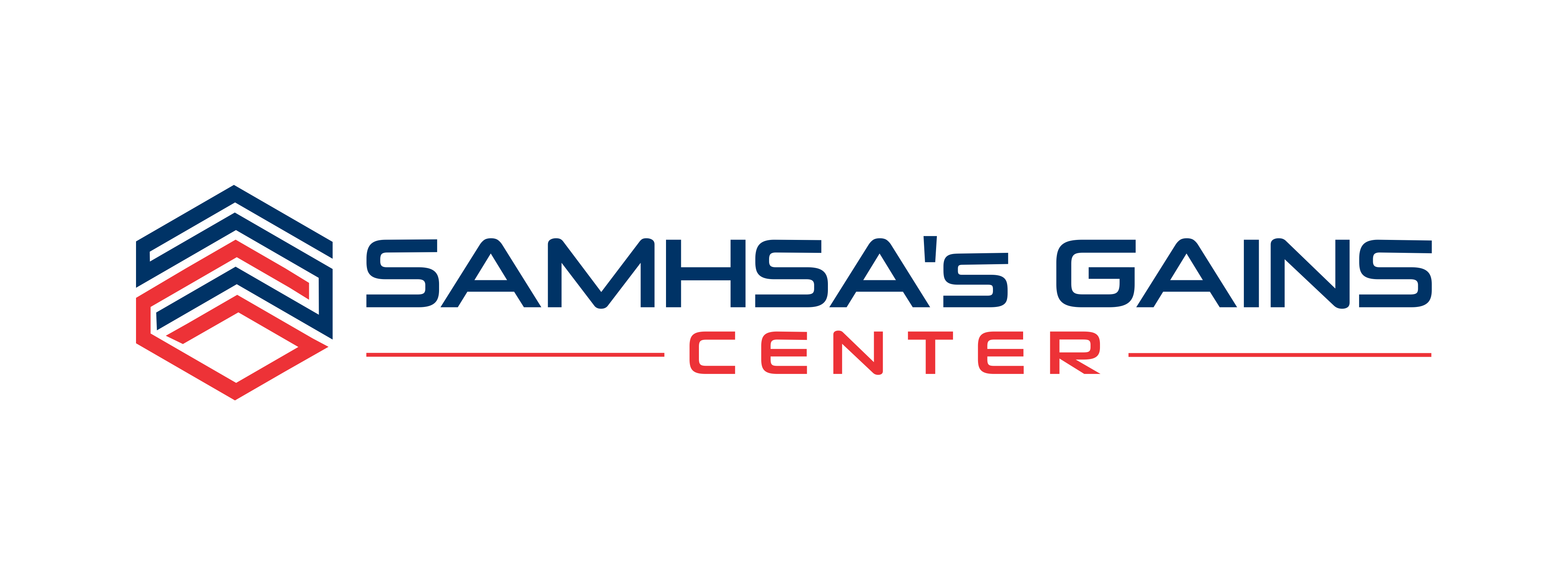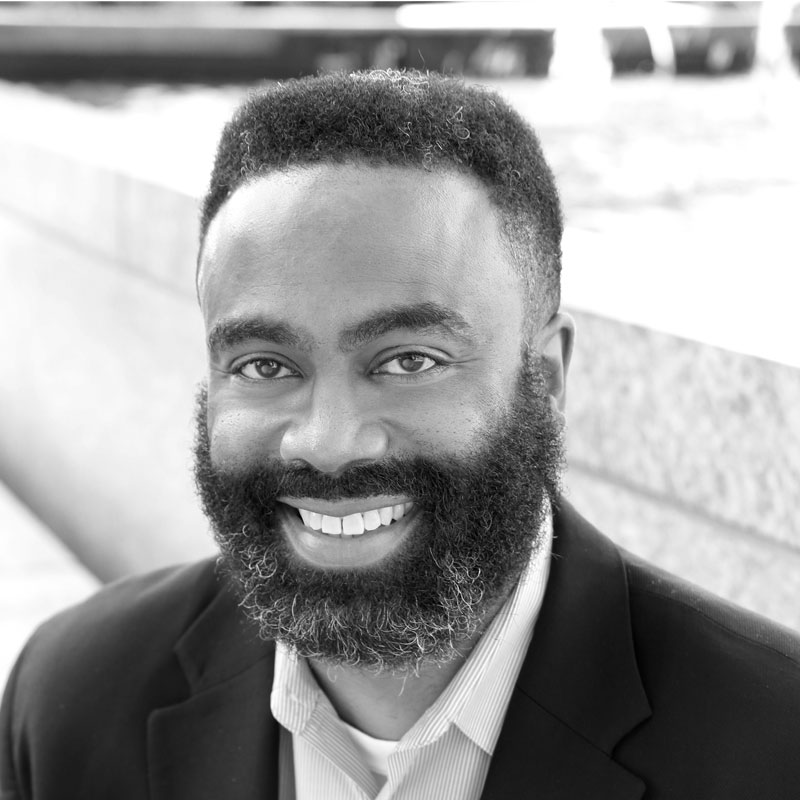 Forward Justice describes itself as a “law, policy, and strategy center dedicated to advancing racial, social, and economic justice.” Forward Justice has garnered a remarkable amount of support at the grassroots level, with dedicated individuals mobilizing together to form a coalition for social change. To what extent is shifting the narrative around incarceration essential to effectively changing laws, policies, and practices?
Forward Justice describes itself as a “law, policy, and strategy center dedicated to advancing racial, social, and economic justice.” Forward Justice has garnered a remarkable amount of support at the grassroots level, with dedicated individuals mobilizing together to form a coalition for social change. To what extent is shifting the narrative around incarceration essential to effectively changing laws, policies, and practices?
For us, narrative change is essential, not tangential. I reflect on my experiences working at the federal level, helping spearhead some of the criminal justice reform efforts; one of the mantras to embrace is that cultural change eats strategy for breakfast. If you change culture, narratives, and values around a particular issue, changes in laws, policies, and practice follow. We can look at other huge transformational shifts in this country where that has occurred. It’s central to our theory of change, and central to getting law, policy, and practices changed.
We have seen drastic language changes around the county. We have evolved to no longer stigmatize and label people who were once labeled. Similarly, in the formerly-incarcerated community, we try to use people-centric language. Former Assistant Attorney General Karol Mason adopted a language policy for the Office of Justice Programs that mandated that all components of the organization wouldn’t use pejorative language, which would otherwise further stigmatize people. At the state level in North Carolina, our State Reentry Council Collaborative made 30 recommendations to the Governor, and one was that the Department of Public Safety scrub their website to remove pejorative language. That’s just one example of how a narrative shift can impact public policy.
- You co-manage the Collateral Consequences Assessment Tool (C-CAT) at the University of North Carolina at Chapel Hill, which is a searchable database that allows users to look up the range of broad legal consequences associated with a specific criminal conviction in North Carolina. Can you speak about some of the direct impacts of the tool on the work of attorneys and other professionals in the state?
I helped build the tool and have remained an advisor since it was developed in 2011. It served as the first state-based centralized repository of the civil consequences that are triggered as a result of your contact with the criminal justice system. Many people are aware of the direct consequences associated with contact with the justice system—arrest, conviction, probation, attending fees, and fines. There are also a host of collateral consequences that impact other civil domains of life—your ability to vote, serve on a jury, live in public housing, attain federal financial student aid, as well as the ability to gain various opportunities in occupational and professional life. For a long time, punishments were hidden, largely invisible. We wanted to be able to equip our attorneys with the full appreciation of the consequences facing their clients so they could better advise them on the host of barriers that could face them once finished with their criminal justice involvement.
This tool served as a model for the American Bar Association, which went on to develop their own tool; I and others served as advisors for that tool, which now serves all 50 states. Our tool was developed for a variety of audiences—policymakers who want to look at data in the aggregate, individual attorneys that want to advise a particular client, case managers trying to develop a vocational plan, and so on.
- You have led numerous projects and initiatives to address systematized barriers to successful reentry. How do you recommend getting diverse stakeholders to the table to discuss systems change?
Be intentional about it. If you want to change outcomes, you have to change the inputs. Get diverse folks around the table, people who are directly impacted at the table, people with lived experience at the table, all working towards a common goal. It’s not rocket science—be intentional about having them at the table.
- You have personally experienced incarceration and the long-lasting impacts of justice involvement. Considering your personal experience, what are significant issues related to mental health and substance use issues that you have observed within the criminal justice system?
It’s lamentable that our criminal justice system has become the biggest provider of mental health care in the country. Now we want to invest in mental health courts and other treatment modalities within the criminal justice system, which is misguided because people shouldn’t have to get arrested to get their health care. The criminal justice system shouldn’t be the portal to health care.
- Given your experience, what are three things that you wish criminal justice and behavioral health professionals would consider when working with people who have been involved with the justice system?
Outcomes over intentions. We get a little bit stuck in the criminal justice context, because it’s very lawyer-heavy. We individualize particular cases and that can keep us from looking at systems and institutions and judging them by the outcomes they produce. I hope that both behavioral health and criminal justice actors can have an outcomes- and systems-based focus.
In tandem with that, make sure that within those outcomes there is racial equity within the criminal justice system and public health system. Is the system producing a set of outcomes we believe are undesirable? If so, we have to change it. The public health system seems to be more outcomes-focused – I don’t mean to claim that adopting a public health model will resolve all issues of systemic racism – racism is present in both systems. But, an outcomes-based focus like that common in public health is important.
Lastly, focus on cultural competence. Apply the same modalities to the criminal justice and behavioral health context that we use in domestic violence and survivor contexts, by recognizing how powerful peer-to-peer contact is.



